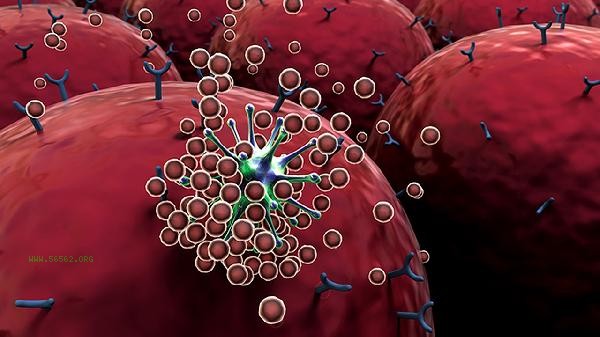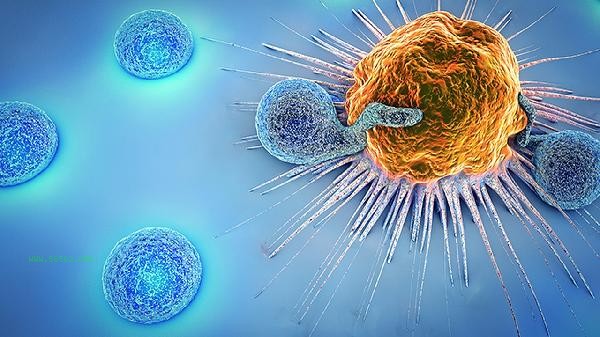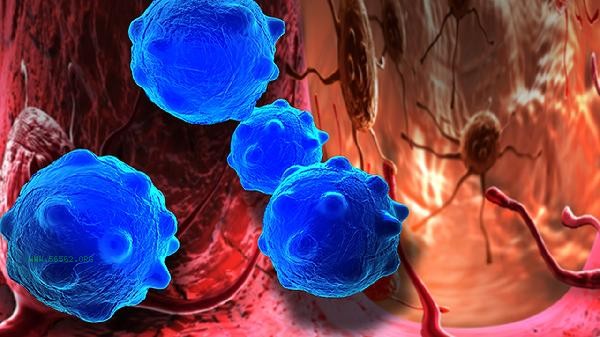Elevated eosinophil count may be caused by allergic reactions, parasitic infections, autoimmune diseases, hematological disorders, drug reactions, etc. It is necessary to combine clinical manifestations and further examination to clarify the cause.

1. Allergic reactions:
Allergic rhinitis, asthma, urticaria and other diseases can stimulate the body to produce an immune response, leading to an increase in eosinophils in the blood or tissues. These patients usually have symptoms such as skin itching, sneezing, and runny nose, which can be diagnosed through allergen testing. The treatment mainly involves antihistamines such as loratadine and cetirizine, and in severe cases, corticosteroids may be used.
2. Parasitic infections:
Parasitic infections such as roundworms, hookworms, and schistosomiasis are common causes of eosinophilia. Parasitic larvae can induce Th2 type immune responses when they migrate within the body or when they parasitize adults. Patients may experience symptoms such as abdominal pain, diarrhea, and weight loss. Fecal egg tests or serological tests can help confirm the diagnosis. Insecticidal treatment commonly uses drugs such as albendazole and benzimidazole.
3. Autoimmune diseases:

Eosinophilic gastroenteritis, eosinophilic fasciitis, and other diseases can lead to local tissue eosinophil infiltration. This type of disease may be related to genetic factors and environmental triggers, manifested as inflammatory responses in corresponding organs. Diagnosis should be combined with pathological biopsy, and treatment includes glucocorticoids and immunosuppressants.
4. Hematological disorders:
Chronic eosinophilic leukemia, myelodysplastic syndrome, and other hematological disorders can cause persistent elevation of eosinophils. This type of disease is often accompanied by systemic symptoms such as splenomegaly, fever, and fatigue, and bone marrow aspiration and genetic testing are key to diagnosis. The treatment plan is based on the classification, selecting targeted drugs or hematopoietic stem cell transplantation.
5. Drug reactions:
Penicillin, cephalosporin antibiotics, antiepileptic drugs, etc. may cause drug hypersensitivity reactions, leading to an increase in eosinophils. It usually appears 1-3 weeks after medication and may be accompanied by symptoms such as rash and fever. Timely discontinuation of suspicious drugs can often restore normal indicators, and severe cases require short-term use of glucocorticoids.

It is recommended to improve parasite screening, allergen testing, bone marrow examination, etc. when an increase in eosinophils is found. Avoid contact with known allergens in daily life, pay attention to food hygiene, and handle raw and cooked food separately. Increasing the intake of fruits and vegetables rich in vitamin C, such as citrus and kiwi, can help regulate immune function. Moderate exercise can improve physical fitness, but individuals infected with parasites should avoid vigorous exercise to prevent ectoparasitic larvae. Regularly review changes in blood routine monitoring indicators. If there is a continuous increase or accompanied by symptoms such as weight loss and night sweats, it is necessary to seek timely medical attention from the hematology department.








Comments (0)
Leave a Comment
No comments yet
Be the first to share your thoughts!